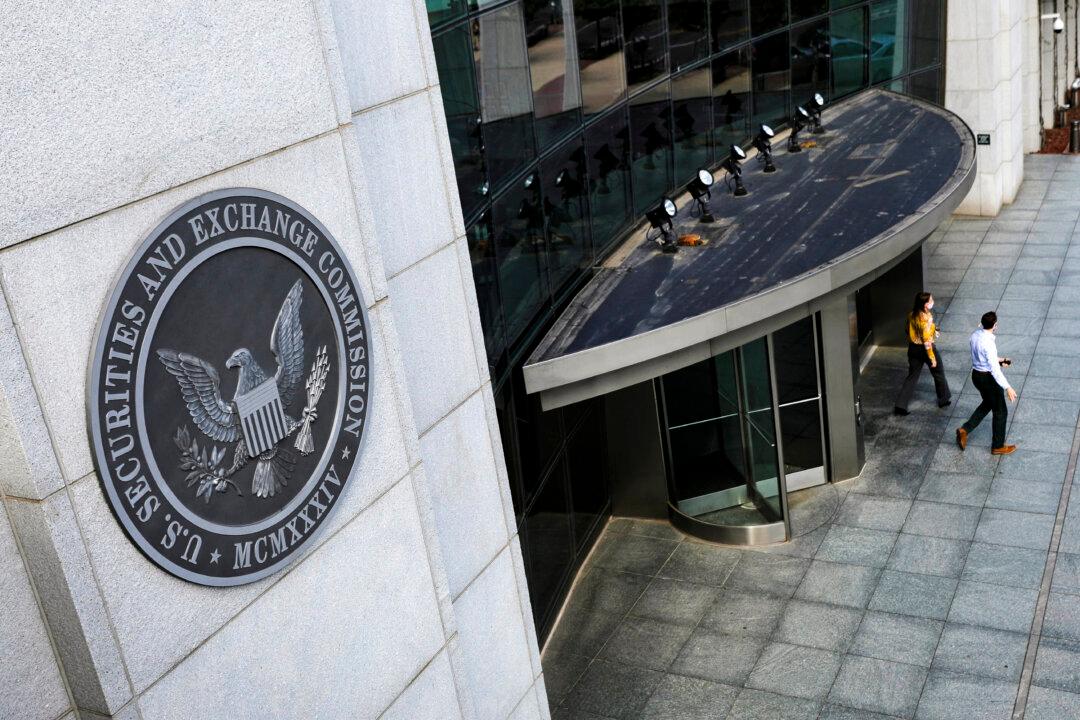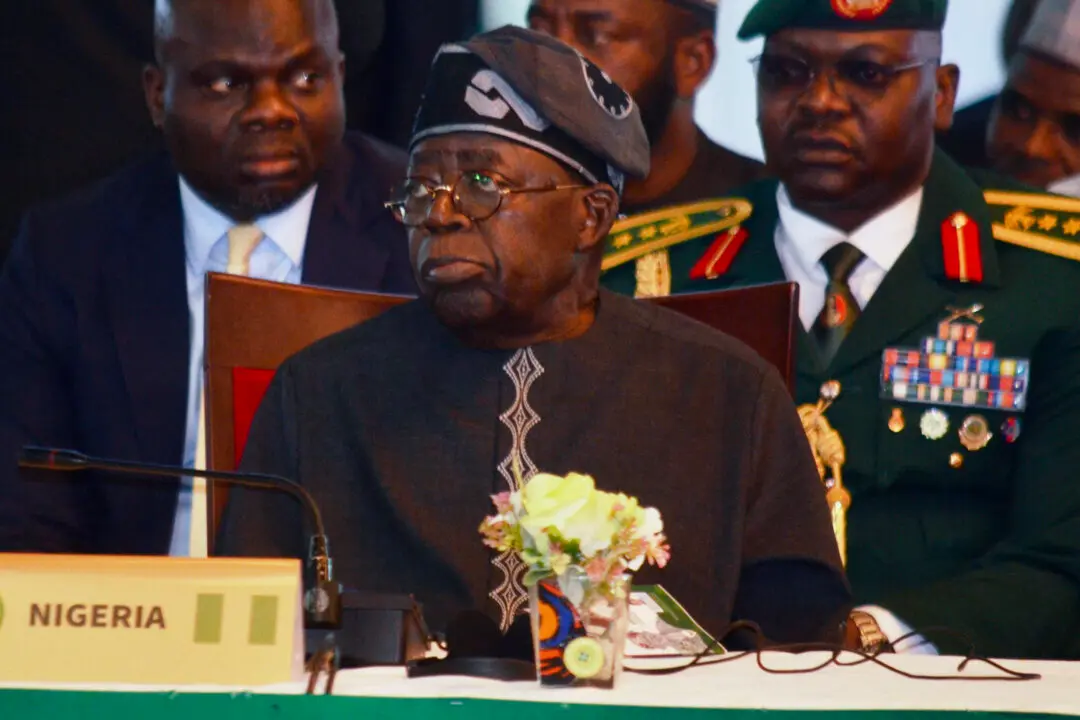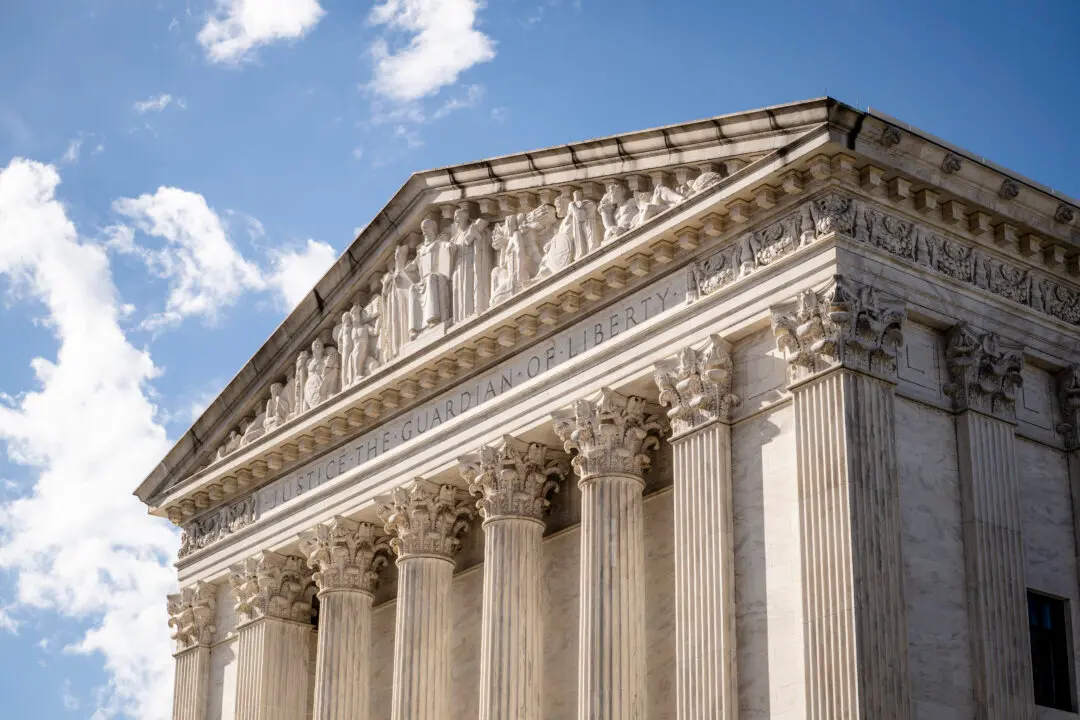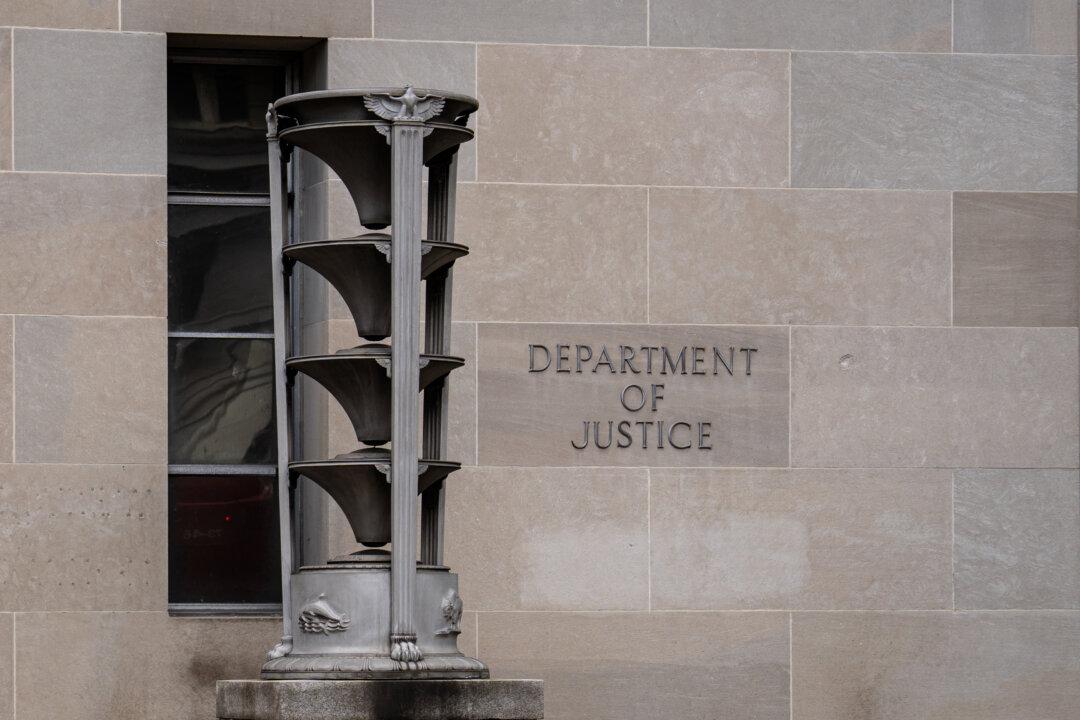The Supreme Court ruled against the Securities and Exchange Commission’s (SEC) use of in-house administrative courts, holding that defendants who face civil penalties must receive a jury trial under the Seventh Amendment of the Constitution.
“A defendant facing a fraud suit has the right to be tried by a jury of his peers before a neutral adjudicator,” reads the majority opinion, authored by Chief Justice John Roberts, He added that investment adviser George Jarkesy, who brought the suit, and his firm “are entitled to a jury trial in an Article III court.”





